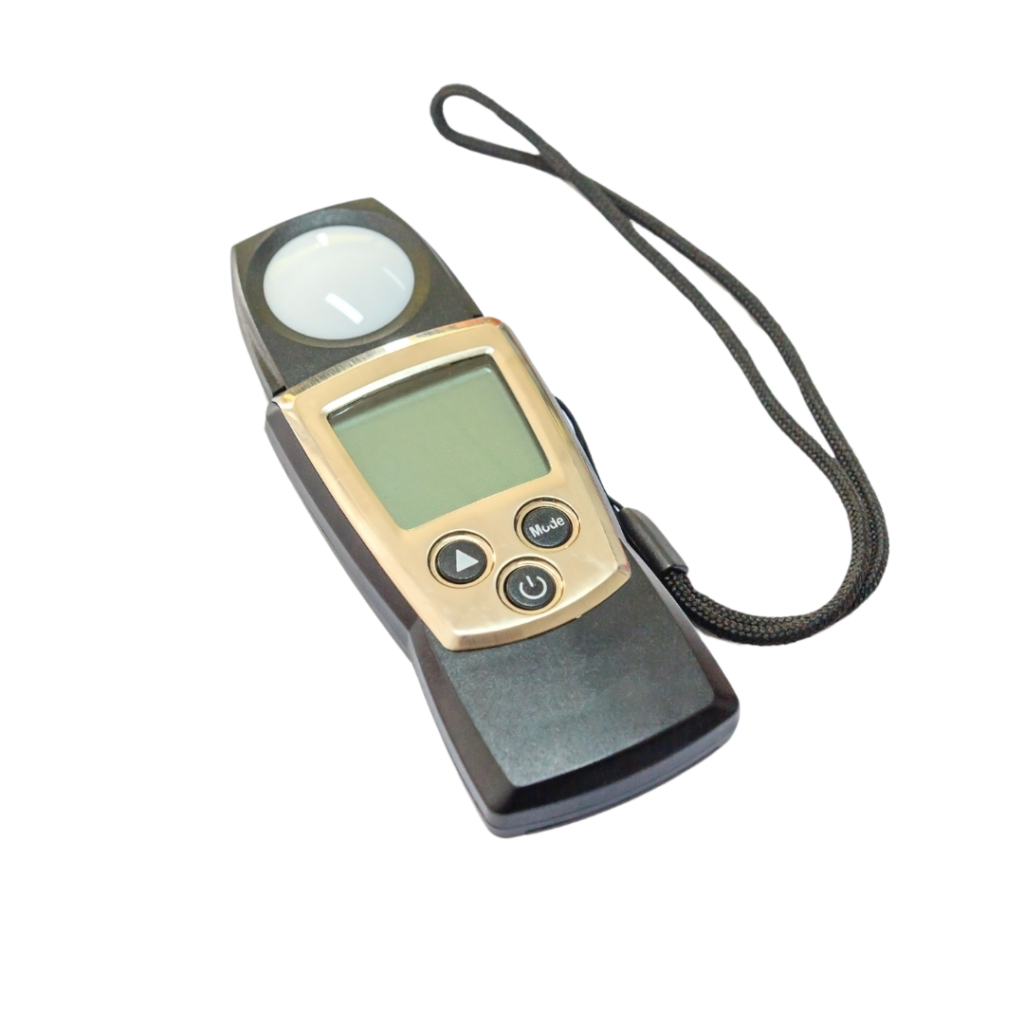
Recommended Lux Levels for Offices UK
This tool provides an overview of recommended lux levels for various environments – including offices, warehouses, retail spaces, and more – in line with UK standards. The information is drawn from authoritative sources such as CIBSE and BS guidelines, ensuring you receive reliable, actionable advice. For more detailed guidance, visit our cibse-recommended-lighting-levels page.
Lux Level Estimator
Estimate the lux level in your space by entering the total luminous flux (in lumens) and the area (in m²). The lux level is calculated using the formula: lux = lumens ÷ area.
Application Specific Guidance
Select your application below to view tailored lighting guidance, tips, and recommendations based on CIBSE standards.
Reference Data for Lux Levels
| Application | Recommended Lux Level |
|---|---|
| General Office Areas | 500 lux |
| Computer Workstations | 300 – 500 lux |
| Filing & Print Rooms | 300 lux |
| Drawing Offices | 500 lux |
| Retail Spaces | 500 – 1000 lux |
| Industrial / Engineering | 300 – 2000 lux |
| Banks & Building Societies | 300 – 500 lux |
| Staff Areas & Utilities | 100 – 200 lux |
| Kitchens | 300 – 750 lux |
| General Areas | 200 – 500 lux |
| Circulation Areas | 50 – 200 lux |
| Communication / Service Areas | 300 – 500 lux |
| Building Services Areas | 100 – 300 lux |
| Distribution & Storage | 100 – 300 lux |
| Places of Public Accessibility | 300 lux |
* Actual lux levels may vary based on local standards and specific requirements.
For a more comprehensive guide on lighting levels, please visit our detailed cibse-recommended-lighting-levels page.
Recommended Lux Levels for Office Spaces: A Comprehensive Guide to Optimal Workplace Lighting
Lighting is a critical yet often overlooked aspect of workplace design that significantly impacts employee productivity, well-being, and overall work performance. Understanding the recommended lux levels for different office spaces can transform an ordinary workspace into an environment that promotes efficiency, reduces eye strain, and supports optimal working conditions.
What Are Lux Levels and Why Do They Matter?
Lux is the standard measurement of illuminance, representing the amount of light that falls on a surface. In office environments, appropriate lux levels are crucial for:
- Reducing eye fatigue
- Minimising workplace errors
- Supporting employee concentration
- Enhancing overall workplace comfort
- Complying with occupational health and safety standards
Recommended Lux Levels for Different Office Areas
General Office Areas: 300-500 Lux
For standard office workspaces where employees perform typical computer-based tasks, the recommended illumination ranges between 300 and 500 lux. This level provides sufficient brightness to:
- Support comfortable reading and computer work
- Reduce eye strain during extended working hours
- Create a balanced and comfortable visual environment
Computer Workstations: Precision Lighting Requirements
When dealing with computer workstations, lighting becomes more nuanced. The ideal range typically sits around 300-500 lux, with careful consideration of:
- Minimising screen glare
- Providing even, non-directional illumination
- Preventing harsh shadows that could cause visual discomfort
Specialised Office Spaces: Tailored Lighting Solutions
Different office areas require unique lighting approaches:
Drawing Offices and Technical Spaces: 500-750 Lux
Spaces involving detailed visual work like drafting, design, or technical drawing demand higher illumination levels to support precision and reduce eye strain.
Meeting Rooms and Communication Areas: 300-500 Lux
These spaces benefit from flexible lighting that can be adjusted based on presentation needs and participant comfort.
Factors Influencing Optimal Lux Levels
Several considerations impact the recommended lighting for office spaces:
- Natural Light Availability
- Supplement artificial lighting with natural daylight when possible
- Use adjustable lighting systems that can compensate for changing daylight conditions
- Task Complexity
- More intricate tasks require higher lux levels
- Consider task-specific lighting solutions for specialised work areas
- Employee Age and Vision
- Older employees might require higher illumination levels
- Individual lighting preferences should be accommodated where possible
Practical Implementation Strategies
Lighting Design Considerations
- Use a combination of ambient and task lighting
- Implement adjustable light fixtures
- Consider LED technologies with tunable white
Measuring and Maintaining Appropriate Lux Levels
- Regularly audit workplace lighting using professional lux meters
- Train facilities management on proper lighting assessment techniques
- Create a responsive lighting maintenance schedule
Health and Productivity Implications
Proper lighting isn’t just about visibility—it’s about creating an environment that supports:
- Reduced eye strain
- Lower risk of headaches
- Improved circadian rhythm regulation
- Enhanced mood and energy levels
- Increased overall workplace productivity
Common Lighting Mistakes to Avoid
- Over-illumination, which can cause glare and discomfort
- Inconsistent lighting across different workspace zones
- Neglecting individual lighting adjustments
- Failing to account for natural light changes throughout the day
Technological Innovations in Office Lighting
Modern workplaces are increasingly adopting smart lighting solutions that:
- Automatically adjust based on natural light levels
- Provide personalised lighting controls
- Support employee well-being through dynamic lighting schemes
Conclusion: A Bright Approach to Workplace Design
Selecting the right lux levels for office spaces is a nuanced process that requires careful consideration of multiple factors. By understanding and implementing appropriate lighting strategies, organisations can create work environments that not only meet technical standards but also actively contribute to employee comfort and productivity.
Disclaimer
Actual lux levels may vary based on local standards, specific workplace requirements, and individual needs. Always consult with lighting design professionals for precise recommendations.
Ready to Optimise Your Workplace Lighting?
Use our Lux Level Estimator to quickly calculate and understand the ideal illumination for your specific office space.